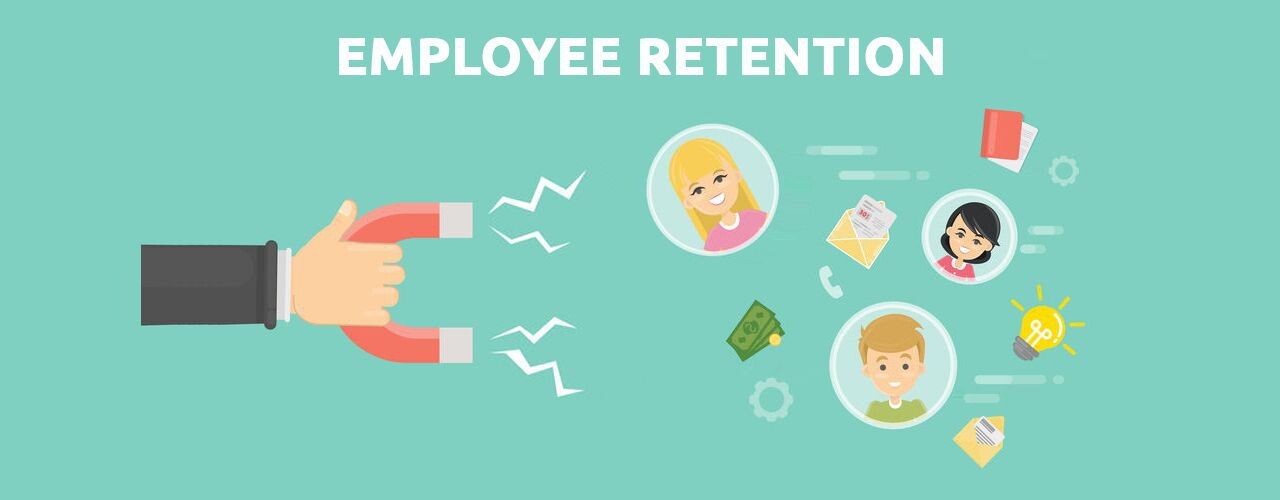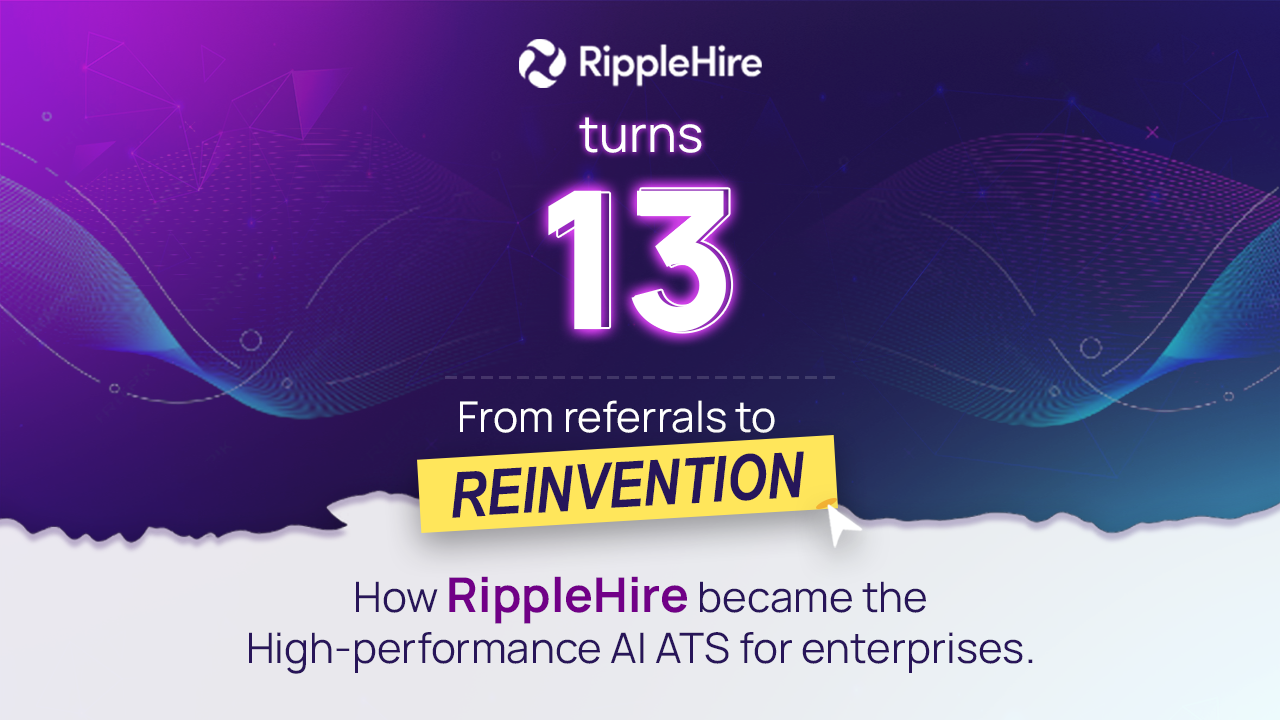Employee Referrals for Retention
Attrition is one of the most expensive problems to solve in the people side of business. When an employee leaves, it’s not just about filling a gap. It’s about the loss of time, momentum, and money — all rolled into one.
Let’s break it down.
The Real Cost of Attrition
When someone resigns, here’s what usually happens:
-
There’s a notice period. Productivity starts to dip.
-
A handover has to be arranged — if you’re lucky enough to have someone ready.
-
If not, the team is stretched thin while you begin the hiring cycle again.
-
Then comes onboarding. And ramp-up time.
-
And all this while, your team is short-staffed or under pressure.
The combined cost of hiring, the productivity drop during notice, and ramping up the replacement often adds up to six to eight months of the employee’s salary.
And if that employee was in sales or another high-impact role? You’re looking at losses many times over. It’s not just expensive — it directly affects your topline.
Solving Attrition Too Late
Most companies start tackling attrition only after someone’s joined — through engagement surveys, HR touchpoints, or manager interventions.
But by then, it’s already late.
To really make a dent in attrition, you need to address it at the top of the hiring funnel — when you're deciding who to bring into the company.
And that starts with where you’re hiring from.
The 3 Most Common Hiring Sources
Let’s look at the usual suspects:
1. Job Portals
Job portals are easy and scalable, which is why recruiters rely on them. But here’s the catch — candidates who come through this channel are actively looking. That means they’re more likely to leave again when the next opportunity comes along.
It’s not a bad channel, but it’s high-churn by design.
2. Vendors
Agencies are another common source. And while they save time, they introduce a different kind of risk.
Vendors are incentivized on salary percentages. So it’s in their interest to get the candidate placed — and then poach them six months later for a better offer elsewhere.
This isn’t always the case. But it happens enough that it creates a pattern. And it’s a tough one to break.
3. Employee Referrals
Referrals, on the other hand, are a very different story.
-
The person referred usually knows someone inside.
-
They’re coming in with better context.
-
They ramp up faster.
-
They’re more likely to stay.
Not just that — the employee who referred them is also more likely to stay. It creates a shared sense of ownership, and that shows up in retention and performance.
Why Referrals Matter for Retention
Think of referrals as your defensive strategy for attrition.
When people come through someone they trust, their expectations are more aligned. They’re not sold a dream. They’re choosing a culture they already understand.
At RippleHire, we’ve seen this play out across industries. A strong referral pipeline doesn’t just fill roles — it stabilizes your workforce.
That’s why leading enterprises don’t treat referrals as a side channel. They treat it as a core strategy for reducing churn and increasing tenure.
How RippleHire Helps You Scale Referral-First Hiring
We get it. Running a referral program is hard.
-
Positions change fast
-
Employees don’t always know what’s open
-
Feedback loops get broken
-
Referral drops off over time
That’s exactly what RippleHire is built to solve.
As a high-performance ATS, we help you:
-
Share the right roles with the right employees — automatically
-
Make referring simple and intuitive, even on mobile
-
Track every referred candidate from source to offer
-
Give timely updates, so employees don’t lose trust
-
Identify which teams or roles benefit most from referrals
When you run referrals like a proper channel — not an afterthought — it starts delivering serious retention results.
Final Thoughts from Author
Attrition is painful. But it’s also predictable. And when you solve for it at the hiring stage, you set your team up for long-term success.
Employee referrals are not a “nice to have” anymore. They’re a business lever — one that can reduce churn, improve performance, and help your recruiters focus on what really matters.
If you're ready to build a referral engine that actually delivers, let’s talk.
[Explore RippleHire’s High-Performance ATS]
FAQs
Why do employee referrals improve retention?
Referred candidates have clearer expectations and social support inside the company, which leads to faster integration and stronger engagement.
Are referrals better than job portals?
Both have their place, but referrals offer better retention and cultural fit, making them more effective for long-term success.
How can I increase employee referrals?
Make it easy for employees to refer. Communicate roles clearly. Give timely updates. And reward both performance and participation.
Does RippleHire work beyond referrals?
Absolutely. RippleHire is a full-featured ATS that supports enterprise hiring across sourcing channels, structured workflows, and collaborative hiring journeys.
Updated July 2025















